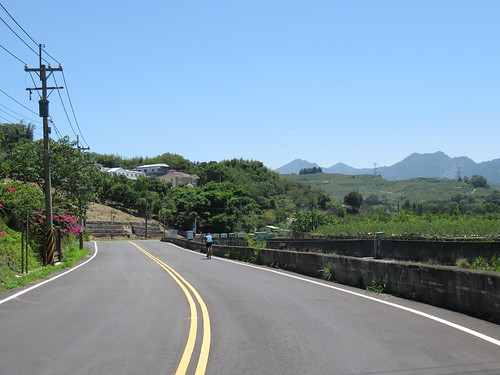Ran across this article on Facebook:
In 1593, 1609 and 1616 three very different attempts were made by the rulers of Japan to establish formal diplomatic and trade links with Taiwan. The 1593 approach consisted merely of a letter that proved impossible to deliver, while the others involved sending well-equipped fleets to the island. Both the latter expeditions were led by prominent Christians in efforts that ultimately came to nothing, in spite of being backed up by very meaningful threats of military intervention. This paper argues that it was largely the nature of Taiwan itself that frustrated Japan's schemes. Taiwan had no overall ruler who could participate, willingly or not, in the accepted modus operandi that had been applied to Korea in 1592 and Ryukyu in 1609. This was an approach based on the tributary model. Instead Taiwan's fragmentary structure of aboriginal tribes laid it open to a more western-style form of development involving the establishment of a military base and colonisation, a means that was to be exploited by the Dutch in Taiwan a decade later to the astonishment and rancour of the Japanese.I wrote last week on the inevitability of history for ACT. These abortive episodes show how, if the Japanese had pushed, they might have altered history in a big way: people might now perceive Taiwan to be a Japanese island with a mixed aboriginal and Chinese population, with interesting food variety.
_______________________
[Taiwan] Don't miss the comments below! And check out my blog and its sidebars for events, links to previous posts and picture posts, and scores of links to other Taiwan blogs and forums!

2 comments:
...and you would drive on the left side of the street.
Another possible reason for the failure of the Japanese missions to Taiwan lies in the observation that the last two (in 1609 and 1616) were led by Christians (presumably Japanese ones). Beginning in the early 17th century the Tokugawa shogunate focused its attention on controlling foreign influences, which in turn affected foreign trade and contacts. Christianity became increasingly suspect in the eyes of the authorities - starting in 1614 the religion was banned, foreign missionaries were expelled and suspected Christians were tortured into recanting their faith (or else). The crushing of the 1637-1639 Shimabara Rebellion (which was partly led by impoverished Christians) resulted in a stricter implementation of Japan's sakoku seclusion policy, and probably ended any further attempts at reaching out to Taiwan.
Post a Comment